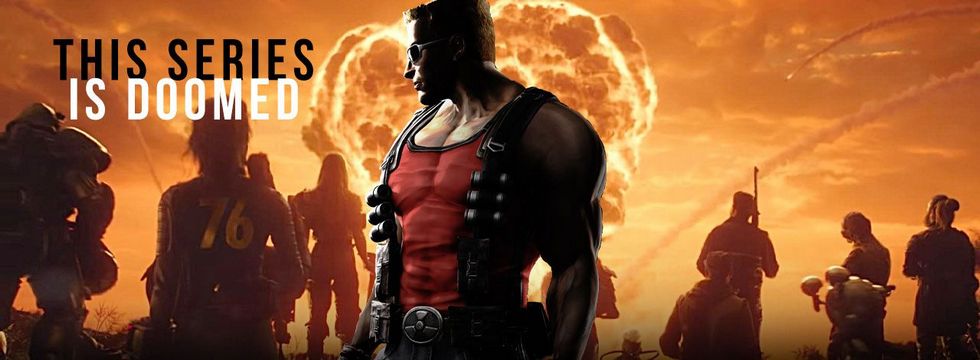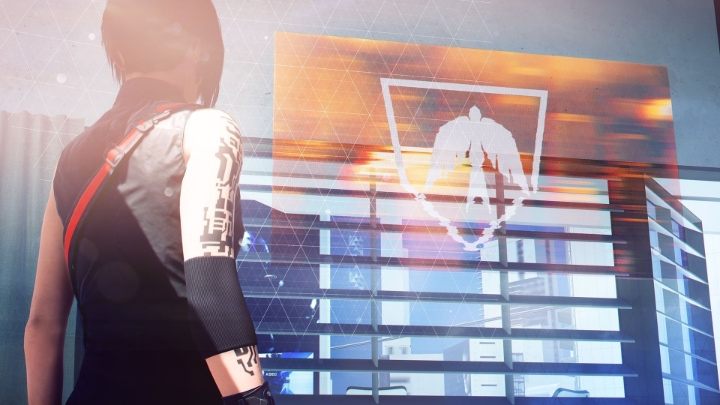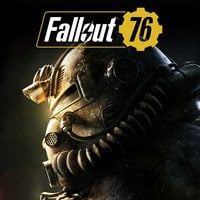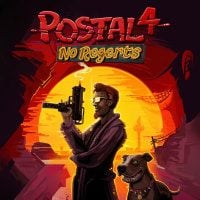10 Bad Entries in Awesome Series
There are so many sequels nowadays that it's hard for each of them to be great. Sometimes one weak production can seriously damage the hard-earned image of a cult IP. Here's a list of bad games from excellent series.

- 10 Bad Entries in Awesome Series
- Duke Nukem Forever
- Medal of Honor: Warfighter
- Star Wars: Battlefront 2
- Tony Hawk's Pro Skater 5
- Mass Effect: Andromeda
- Dead Space 3
- Fallout 76
- Alone in the Dark (2008)
- Postal 3 and 4
Unsuccessful, profit-driven sequels to great original hits are a plague of the film industry. The list of crappy productions is virtually endless, and bad games appear every year, in all genres. The sequels that turn out better than predecessors, such as Terminator 2, The Empire Strikes Back, Spider-Man 2, The Dark Knight, are all much less common – to name just a few, most recognizable cases.
That balance is a bit better in the world of games, but that's mainly due to the fact that newer versions are usually created on a larger budget, using modernized tech, allowing to create nicer, more detailed graphics, larger locations, and other improvements. Despite this, it's not always possible to deliver a sequel to better the original, even with updated technology.
Sometimes a given series becomes so long that the next parts are already starting to eat up their own tail, and the only way out is a complete reset of the IP. And sometimes, a single game is capable of destroying all good associations with a legendary series that it shares its name with. The creators either can't manage to recreate the atmosphere, or completely change the gameplay and mechanics, often topping it off by releasing the whole thing in terrible technical condition. Here's a warning list of how not to revive good video game series.
Mirror's Edge Catalyst

- Year: 2016
- Producer: EA DICE / Digital Illusions CE
- Genre: action game
- Average rating on Metacritic: 74/100
What's Mirror's Edge Catalyst about?
A huge futuristic metropolis called the City of Glass is ruled by powerful corporations, exercising totalitarian power and limiting all social freedoms. They are defied by the so-called Runners – couriers, who also deal with industrial espionage and other prohibited activities. In their work, they use mastered parkour, and thorough knowledge of the entire city. Playing as Faith, known from the previous game, the player attempts to change the current order and put an end to the totalitarian rule.
What didn't click?
The first part of Mirror's Edge delighted everyone with the minimalist artistic style. The game depicted only the rooftops of the metropolis, which you could cross very smoothly using a set of advanced parkour moves. And despite the fact that we were mainly surrounded by polygons, and that the color palette basically consisted of red and white, the game enjoyed very consistent, thought-out aesthetics. The visuals were perfectly complemented by a beautiful soundtrack. The whole thing, with a mission-based gameplay, great parkour mechanics that focused on avoiding direct combat, was a very original experience.
Naturally, the second part had virtually no arguments to get people hooked on the same formula again. In addition, the creators decided to make it an open-world game (the original was very linear), which might have been the definitive nail to the sequel's coffin. Huge spaces without any content, lifeless, with a few repetitive activities quickly overwhelmed us with boredom and monotony. It was also hard to become engaged in the weak, predictable storyline with forgettable characters. Nice parkour mechanics contrasted with extremely weak combat. The magic of the original disappeared, and the publisher lost the incentive to continue the Mirror's Edge IP, and the story Faith.










